
One-on-one Meetings: Benefits, Tips and Resources for Meaningful Conversations
Imagine a regular workday packed with deadlines and meetings, all competing for your time. In the middle of it all, you might question whether these meetings truly make a difference. Are they worth interrupting your busy schedule for?
Spoiler alert: The answer is a definite “YES.” All these meetings are meaningful, but there’s one that is particularly important: the one-on-one meetings.
Regular one-on-one meetings are the secret sauce for keeping employees happy and on track. They save time and contribute to the success of your team and business. Whether you’re on a team or leading one, incorporating some structure into these meetings can have a significant impact.
Here we will cover one-on-one meeting strategies, highlighting their importance and offering practical tips and questions for successful conversations.
What are One-on-One Meetings?
One-on-one meetings are informal and regular conversations between an employee and their manager or any two individuals with shared visions and objectives. They create a space for exchanging feedback, discussing performance, and addressing challenges together.
One-on-one meetings boost decision-making, build relationships, drive engagement, and improve project management. They help in problem anticipation and task prioritization for smoother operations.
Importance of One-on-One Meetings
Along with other meeting types, one-on-one meetings are necessary for fostering collaboration and alignment within the organization. Conducting one-on-one meetings frequently is important for the following reasons:
- Enhanced Employee Engagement: Having one-on-one meetings can be a way to show your employees their ideas and efforts are valued, leading to a stronger commitment and loyalty to their jobs and the company.
- Establish Trust: Research indicates that employees who feel trusted at work perform better. One-on-one meetings provide employees and managers with an opportunity to connect personally and build long-term relationships.
- Acknowledgement and Appreciation: Giving employees written praise is great but it’s also nice to say it out loud. One-on-one meetings are the perfect way to tell your employees they did well and thank them for their hard work.
- Share Personalized Feedback and Growth Opportunities: Regular one-on-one meetings provide a great chance for personalized feedback and career development. Employees can feel supported and grow professionally when managers focus on their strengths and areas for improvement.
- Effective Communication and Team Coordination: One-on-one meetings help managers communicate updates, strategies, and team changes effectively, fostering teamwork and alignment with organizational goals.
How to Conduct a Successful One-on-One Meeting?
Unstructured one-on-one meetings may leave both the manager and the employees questioning their value. To ensure impactful discussions on topics like team goals, performance, and career development, adding structure is crucial.
Here are some valuable tips to make the most out of your meetings:
Prepare Agenda in Advance
Preparing an agenda in advance for your one-on-one meeting will save time, keep meetings organized, and ensure both parties are well-informed. Participants should bring topics, questions, and updates on previous action items.
If it’s a first meeting, set a welcoming tone to encourage open communication. For follow-up meetings, review past meeting notes to track progress and maintain focus.
Plan Your Schedule
The frequency of one-on-one meetings varies based on the preferences and needs of both the manager and the employee. They should collaborate to decide on the best schedule and send a recurring calendar invite or an email appointment reminder before the meeting.
It’s important to choose a time that works well for everyone to minimize the need for cancellations or rescheduling. Utilizing reliable appointment booking tools such as FluentBooking can automate the scheduling process, eliminating scheduling conflicts, and making it more efficient.
Create a Relaxed Atmosphere
Choosing the right location for a one-on-one meeting is a crucial decision. Opt for a quiet, private area to maintain confidentiality and reduce interruptions. As a manager, you might also book a conference room or suggest a walk outside to create a comfortable environment for open and honest communication.
Talk Less, Listen More
One-on-one meeting is an ideal opportunity for you to listen to your employees. Remember, it’s their time to speak, not yours. By acknowledging and actively listening to employee opinions, managers can build stronger relationships with their teams.
Make it Personal and Informal
Each employee is a unique individual. Through one-on-one meetings, you can personalize interactions and understand each employee’s motivations. Meetings needn’t be in an office; try walking, grabbing coffee, or having breakfast for a personal, informal discussion. This will keep the focus on the employee, covering various topics naturally.
Let’s see how you can create a one-on-one meeting with FluentBooking!
How to Create One-on-One Meetings with FluentBooking?
Here’s a simple guide to creating a One-to-one meeting on FluentBooking:
Step 1: Go to the FluentBooking Dashboard and navigate to Calendars. Look for the New button and click on it.

Step 2: A pop-up will display with the choice to add a new host or add a new team. Choose Add New Host.
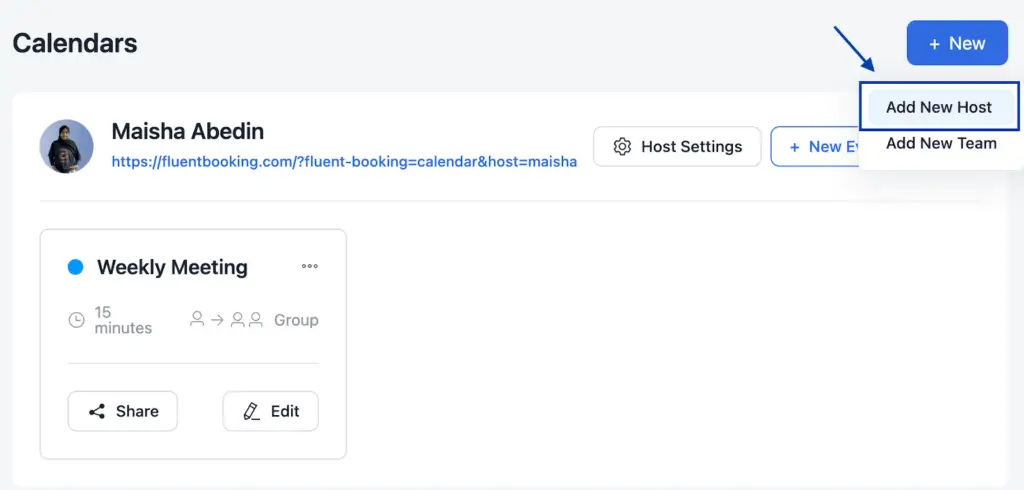
Step 3: A window will open, showing a list of your hosts with their names and emails. From here you can select the host of the meeting.
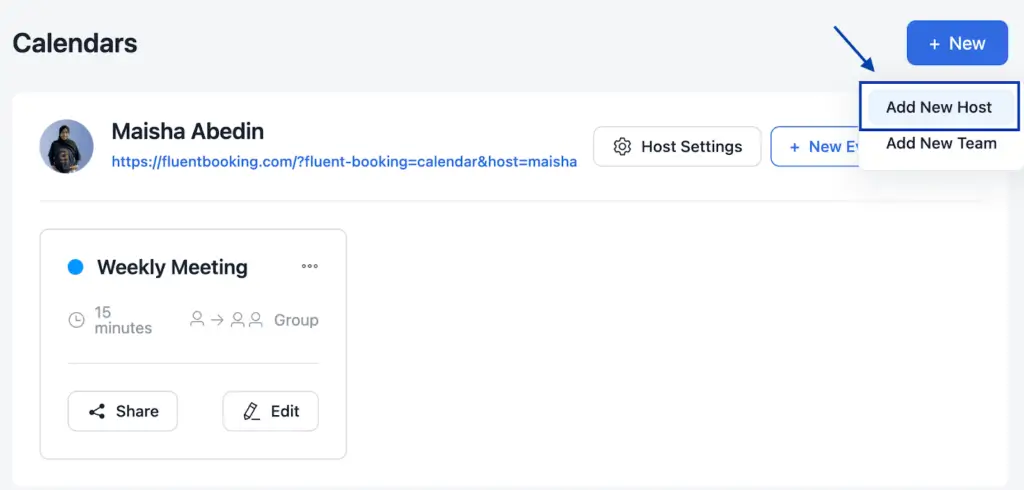
Step 4: Once you’ve selected a host, you’ll have the option to choose between One-to-One and Group Meeting choices. Opt for One-to-One.

Step 5: Fill out the Event Details section, specifying the meeting name, duration, location (in-person or online), and timezone (to your preference). Then, simply click the Continue button when you are ready to proceed.

Step 6: After creating the meeting, your weekly available hours will be set by default but can be adjusted based on your preferences in the Create Your Availability Tab. Choose your custom timing based on your availability and click Continue.

Step 7: Eventually, you’ll see all event details displayed. You will have the option to redirect to a custom URL after a successful booking and personalize your event landing page URL. Fill in the required fields and click Save Changes.
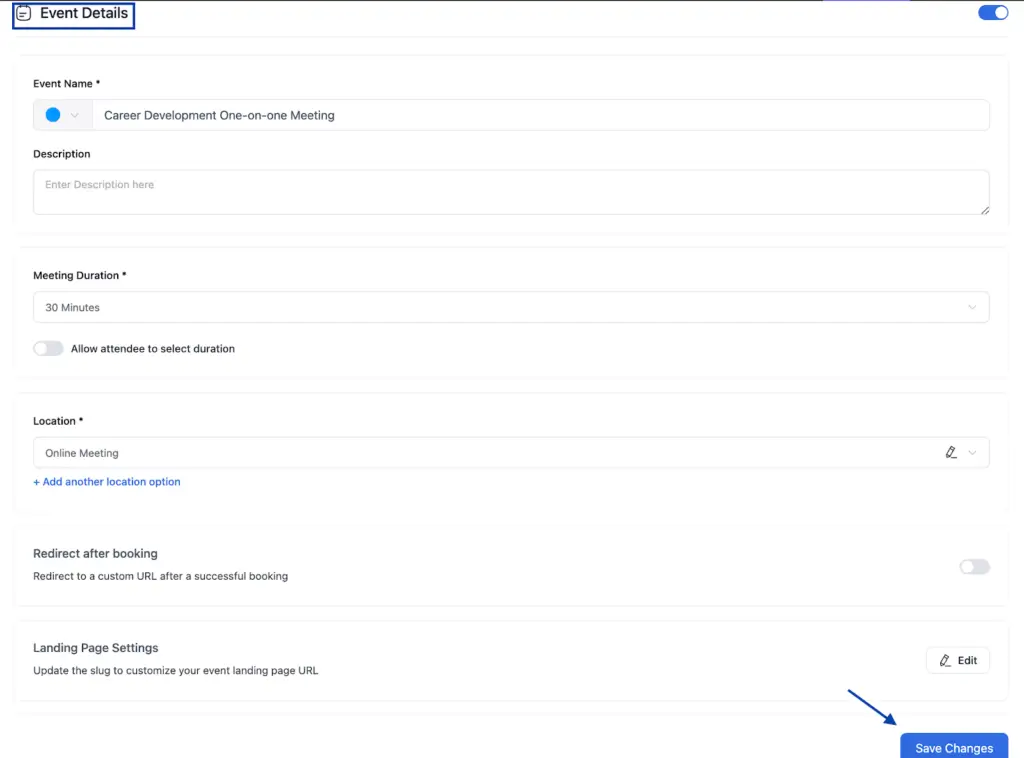
Step 8: If you’ve done everything right so far, great job! You’ve created a one-on-one meeting.
Now, you might be wondering how attendees will view it on the webpage.
Just go to Calendars > Click Share > Copy the Event Shortcode, and paste it on your webpage.

You will see what your one-on-one meeting will look like to the attendees and/or team members. A demonstration is shown below:

Step 9: When a team member reserves a timeslot, both the organizer and attendees receive confirmation emails.
To prevent any no-shows for both attendees and organizers, you can activate the reminder toggle in the Email Notifications section to send automated reminder messages.
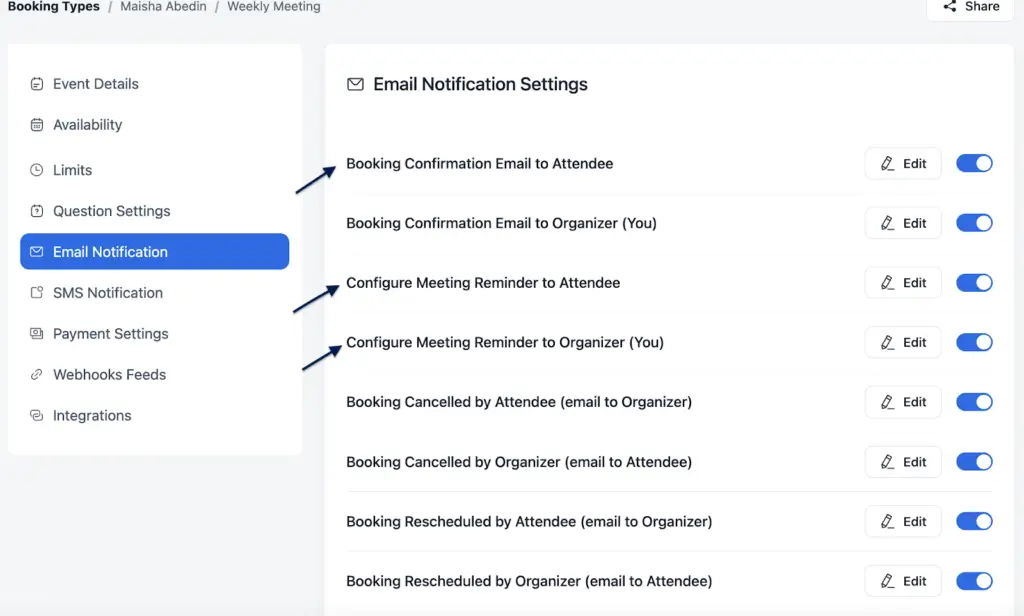
That’s all there is to it! You’ve successfully created a one-on-one meeting. Hurray!
You can repeat these steps to create as many calendars as you need on FluentBooking. You can also send appointment reminder emails and text appointment reminders by integrating FluentBooking with Twilio.
The convenience of one-on-one meetings with your team and attendees is now a reality!
Resourceful Questions for Productive One-on-One Meetings
If you are a manager, try asking purposeful questions during your one-on-one meetings to keep the conversation interesting. Here are some helpful prompts:
One-on-one meetings about Goal-Setting
- What are your goals for the upcoming quarter or year?
- How aligned are your goals with the company?
- How are you tracking your progress on these goals?
- What support do you require to achieve your goals?
- What obstacles do you anticipate in reaching these goals?
Performance Check-Ins
- What were the highlights of your past month or quarter?
- What challenges did you face last month or quarter?
- What accomplishments are you most proud of?
- Where do you believe you could improve?
- What factors are hindering your work progress?
Career Development One-on-one Meeting Questions
- Where do you envision yourself in two, five, or ten years?
- What skills or experiences are you interested in acquiring?
- What role do you aspire to hold within the company in the future?
- How can we support your career growth further?
- What opportunities for advancement are you seeking?
Recurring Check-Ins
- What aspects of your current projects and tasks are progressing well?
- What challenges are you encountering with your current projects and tasks?
- Do you feel your priorities have changed recently?
- How can I assist you with your current projects and tasks?
- What improvements or changes would you like to see in your work environment?
Employee Compensation
- How do you feel about your current compensation package?
- What are your compensation goals over the next five or ten years?
- Do you have any questions/concerns about our compensation structure?
- Do you think your compensation reflects your performance?
- Are there any additional benefits or incentives you would like to discuss?
Transform Your One-on-one Meetings into Power Sessions
In one-on-one meetings, you reap what you sow. When conducted well, they boost engagement, drive progress, nurture professional growth, and resolve minor issues quickly. Mess them up, and you risk demotivating your team and missing out on valuable opportunities.
Having regular one-on-one meetings improves employee experience. This guide provides tips and resourceful questions to help you maximize the effectiveness of one-on-one meetings. You can make them even better with top-notch and reliable appointment booking tools such as FluentBooking.
Achieve team success through one-on-one meetings—your pathway to growth!
Maisha Abedin
Hey, it’s Maisha! I enjoy crafting stories and producing content that adds value to readers. Outside of work, you will either find me capturing the beauty in the mundane or daydreaming about the perfect lasagna!
Table of Content
Subscribe To Get
WordPress Guides, Tips, and Tutorials





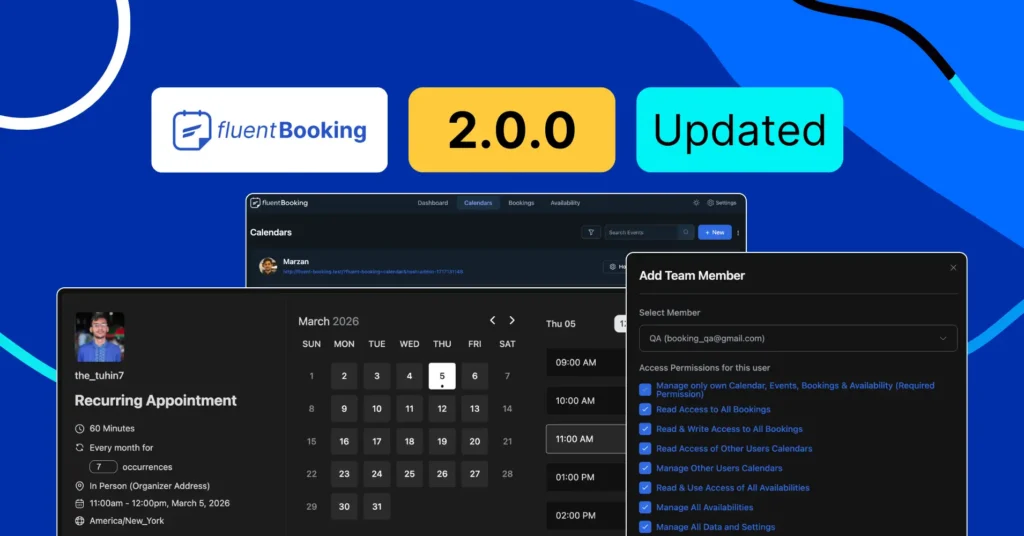
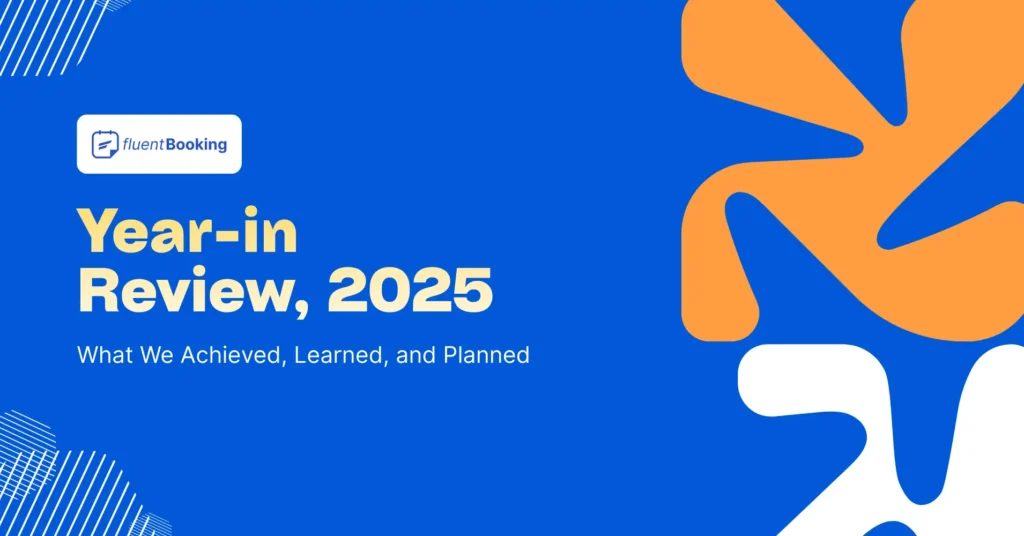
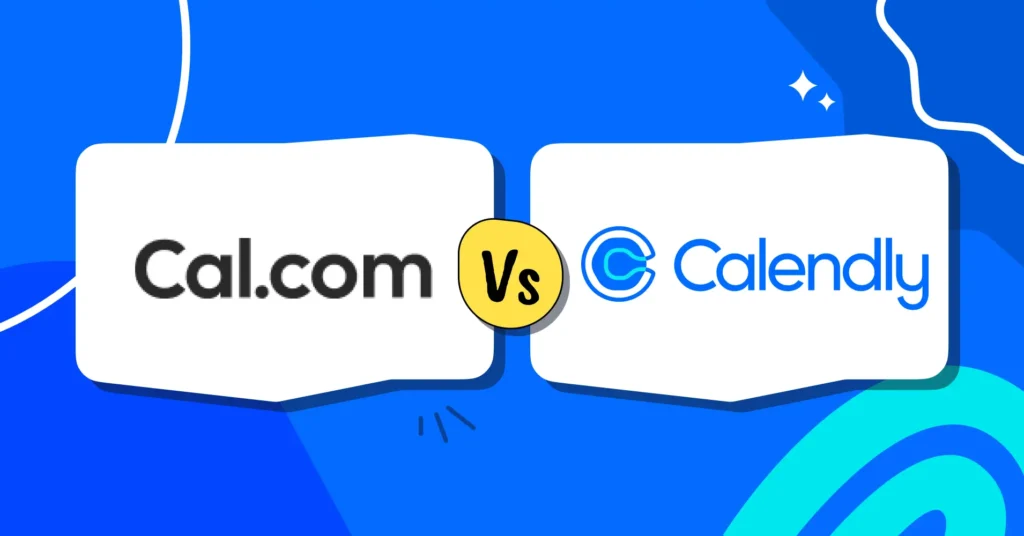
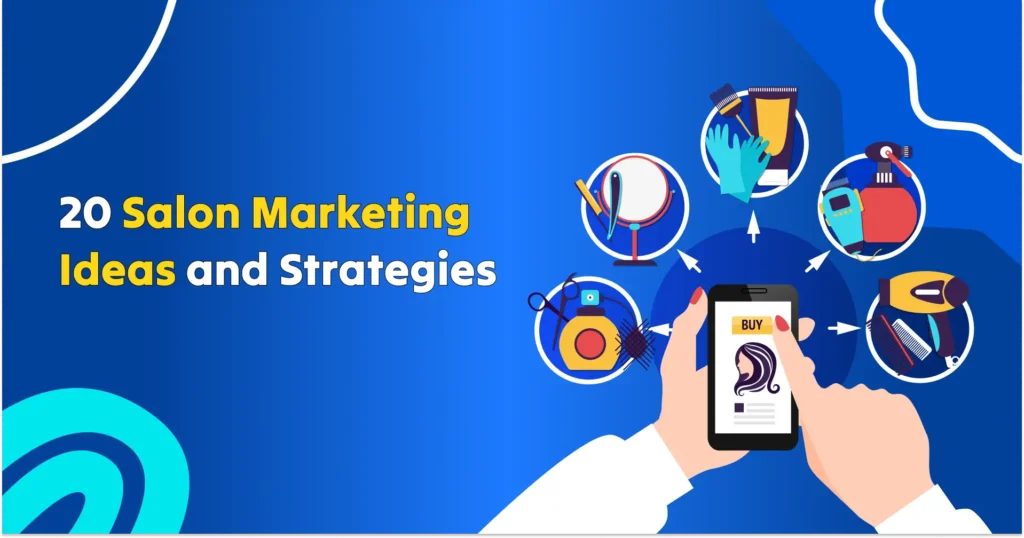


Leave a Reply